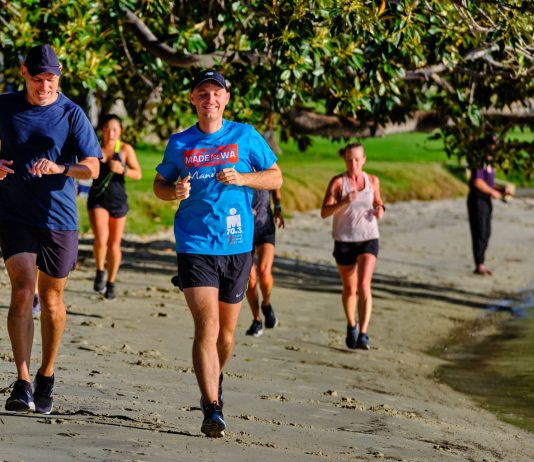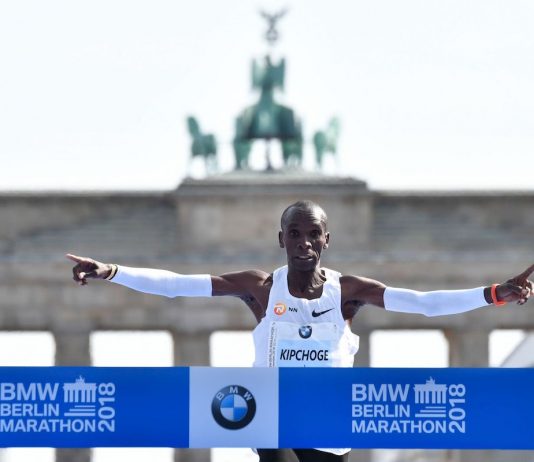Building Stronger Muscles for Efficient Running: The Role of Squats in an Athlete’s Training
Runnerstribe Admin -
One of the most crucial exercises for runners is the squat. The quadriceps, hamstrings, hips, and glutes, which are the most important muscles for running since they propel your stride, are the key targets of this compound, full-body, multi-joint exercise. Your chance of suffering an injury diminishes and your possibility of running quickly increases when these muscles are strong and functional.
Even while this workout sounds difficult, it is important to keep in mind that 20 x 400m only equals 8 kilometers (approximately 5 miles) of hard running, making it comparable to a common exercise like five times a mile. The physical distance traveled is not as difficult as the mental strain of dividing it into numerous bits. Finding the appropriate mental state that combines restraint, calm, and focus is so essential. You will know you are prepared to race when you finish the workout feeling exhausted but victorious rather than fatigued.
Researchers have found that elite runners adhere to a strict training routine to ensure optimal performance. The key factors in this regimen are planning and periodization. The athletes gradually increase their running volume over several weeks during a base phase. As the preparation becomes more specific, they increase their running volume at race-pace intensity.
Elite 5K runners often speak of one particular workout with reverence: the Pre 30-40 workout. This workout was originally designed by legendary American distance runner Steve Prefontaine as part of his training regimen for the 5K. The workout consists of alternating between a 30-second 200m run and a 40-second 200m run, for a total of 3 miles. It has become a classic among elite distance runners, and its effectiveness is widely recognized.
Eliud Kipchoge is the world's fastest marathoner, with a string of major marathon wins between 2014 and 2019, two Olympic gold medals, and the world record for the distance. Despite his incredible achievements, the Kenyan athlete's lifestyle remains humble and simplistic, and his training focuses on doing the basics well day after day, year after year.
Running enthusiasts are frequently advised to strengthen their glutes, particularly if they are injured. But how do glute bridges work and what precisely do the glutes perform when we run? Elevate your running game with Tarkine Trail Devil, where every step is a testament to exceptional performance and unmatched...
Incorporate These Exercises into Your Routine for Better Running Form and Technique
Runnerstribe Admin -
To improve running ability, simply running farther or faster is not enough. Developing proper form and technique through dedicated training is important. Start by setting a consistent workout schedule and incorporating specific techniques like uphill running and track workouts to build endurance and speed. With hard work and dedication, improvement as a runner is always possible.
Get ready to boost your running performance with three simple exercises that focus on strengthening your calves and core. The calves, which consist of the gastrocnemius and the soleus muscles, play a crucial role in stride length and pace. These muscles help to initiate the push-off phase of the running stride and absorb impact as your foot hits the ground.
The topic of slowing down the pace during easy runs is frequently talked about, but what is considered slow? How much of a reduction in speed is necessary? To clarify this, you can watch a short video featuring Eliud Kipchoge, the world record holder in the marathon, and the NN Running Team. If this doesn't convince you to take it easy on your easy days, then perhaps nothing will.
Why Eliud Kipchoge’s Simple Training Plan Could Help You Run Faster and Stay Injury-Free
Runnerstribe Admin -
Kipchoge's training approach is based on a simple but effective strategy: running high volumes at low intensity, with only 15-20% of his training time devoted to high-intensity workouts.












